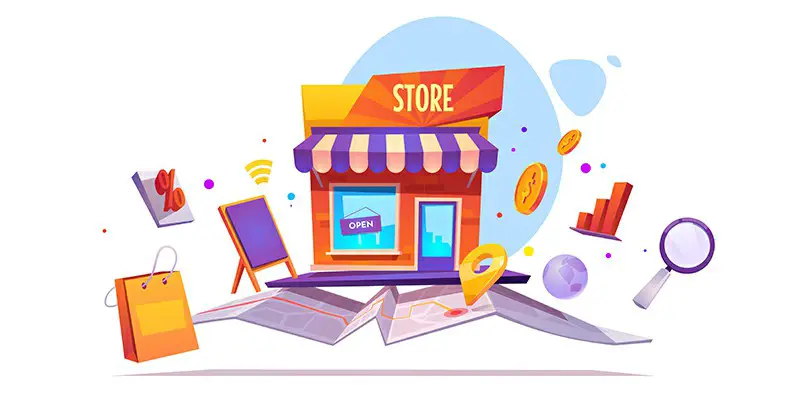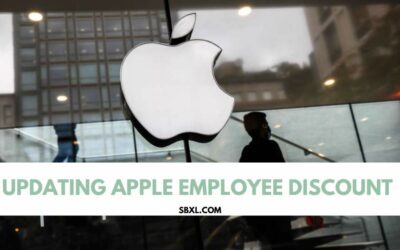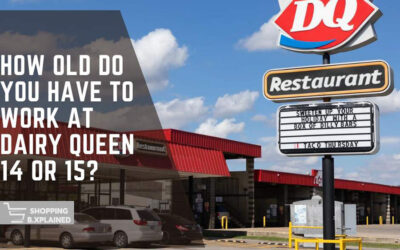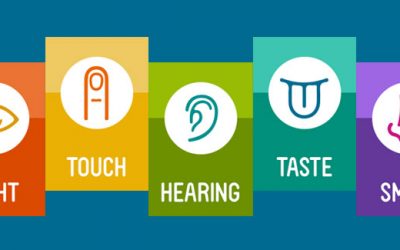Are your customers behaving in unexpected ways? They won’t tell you when things are wrong; you need to look at their body language, eye movement and shopping behaviour.
By analysing the way that your customers behave when navigating your shop layout you can see if anything is wrong in-store. Using in-store research, eye-tracking and CCTV shopper analysis, SBXL can ensure that your store is a comfortable, logical environment in which to shop. Here are just a few common problems we often encounter in-store…
The Customer Is Always Right — But They Often Don’t Know They Are
By looking at customers externally rather than asking their opinion in a survey, you can see in real time the issues they have in-store. Direct survey answers are often skewed by opinion whereas shoppers’ physical reactions are unbiased. In addition, most shopping is carried out by utilising short-term memory, meaning that customers quickly forget issues that they have encountered during their shopping process. Remote viewing your shoppers can help you to decode shopper behaviour.
Your Customers Are Moving Too Quickly
Shopping research has shown that the speed of the music can be key to increasing or decreasing the speed at which your customers move.
Stores in which slower, calmer music is played allow shoppers the time to browse, adding impulse purchases to their trolley. Faster music causes them to rush, feel stressed and, if they can’t find an item, abandon it rather than searching.
Another reason your customers might be rushing is the temperature in-store. It can be hard to fully regulate temperature in mid-summer and mid-winter and often stores go too far one way or the other. Are customers rushing for the exit because they are too cold? Or getting frustrated and irritable because they are too hot?
The coldest place in-store should be the freezer aisle. If the freezer aisle is warm, even if the freezers are well-insulated, customers will assume that the food within has spoiled.
Your Customers Are Ignoring Certain Aisles
If your customers are frequently ignoring aisles, first you should study the way in which they ignore the aisle. Do they walk right past it or walk through it to reach somewhere else?
Some categories of shopper may ignore certain aisles. For example, a committed vegetarian is unlikely to spend time in the pork, beef and lamb aisle. It is still worth considering if there are other reasons aisles are being skipped.
Are your aisles clearly labelled? Shoppers will find it harder to navigate around a store that is poorly labelled. If they are clearly searching for a product but not entering many aisles, it may be that that product is missing from the aisle labels.
Are the display gondolas on the end of the aisle both relevant and appealing? A gondola for coffee on the crisps aisle, for example, may remind a shopper that they need coffee, steering them away from crisps to hot beverages.
One tip to persuade customers into an aisle they wouldn’t normally visit, even if the products within are relevant to them, is to combine that aisle with a staple. If few people go into the health food aisle, combining it with the aisle containing pasta and rice could cause more footfall. This would increase the number of shoppers seeing and deciding to buy the products on display. Moving products from one aisle to another can confuse and frustrate customers, so the change should be made clear. Pairings should also be carefully considered. Stocking baby clothes in the same aisle as tinned food may increase footfall but is likely to only confuse customers.
Your Customers Spend a Lot of Time Looking for Things
If your customers spend a lot of time looking for products — not browsing, but unable to find specific items on their list — you may need to rethink your shop layout.
The first element to consider is in-store categorisation. Are there products missing from certain categories that are present elsewhere? (e.g. sugar missing from the ‘baking’ category and located in ‘jams, spreads and condiments’). It is sometimes worth rethinking categories if a lot of customers are searching for an item and not finding it.
Customers are often embarrassed to ask for help if they cannot find a product. Rather than asking a member of staff for help, many shoppers will give up and abandon the product altogether. In the future, they will then assume that your store doesn’t carry the product at all.
It is also worth considering customer demographics for products when you are shelving them. The ideal place to stock a product is level with or in the area just below the eyeline. As the average British man is 5’9 and the average British woman is 5’3, these areas of ‘best sight’ are the key areas to keep items you want to promote. Putting the ‘value’ range products far lower on the shelves allows the prime space to be reserved for the products you want to promote.
By paying more attention to the way customers behave in-store and not just what they say, you can improve customer satisfaction, leading to increased customer spend and a higher rate of impulse buys.
When it comes to reading customer body language, you want the experts. Shopping Behaviour Xplained Ltd uses psychological insight to explain and predict how your customers will behave. SBXL operates in seventeen countries for hundreds of clients including Mars, Tesco, and B&Q.









0 Comments